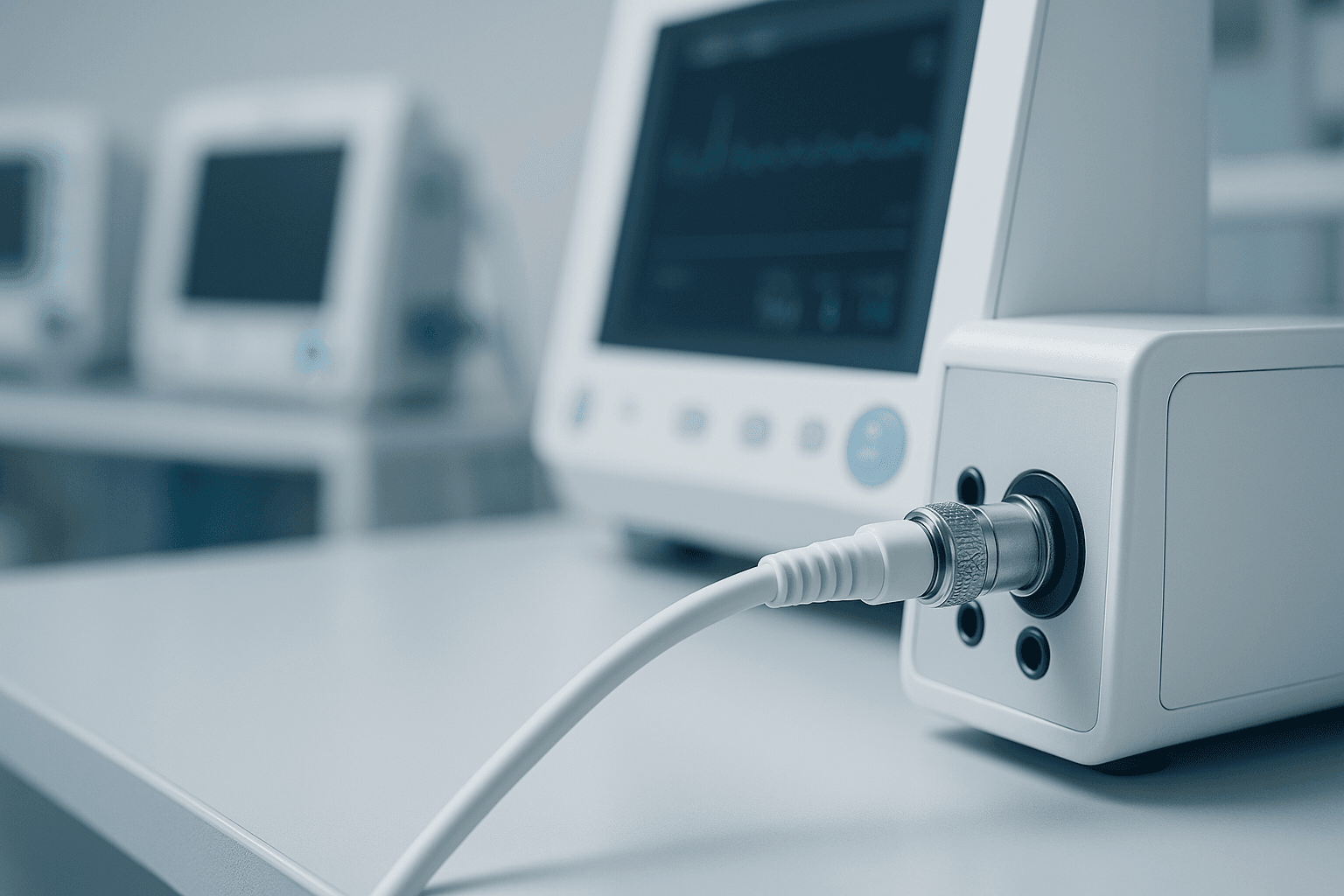In hospital environments, there’s barely room for second chances — especially with technology that supports patient care. That’s why, oddly enough, something as overlooked as a cable can make or break medical device performance. One type stands out for ticking every box from safety to precision: the medical coaxial cable. It’s not just about wiring — it’s about maintaining signal integrity in medical cables, ensuring devices perform consistently, and meeting compliant medical cable standards.
So, what actually makes this cable the right fit for healthcare? Let’s look at what you’re really getting when you choose coaxial.
1. High Signal Integrity
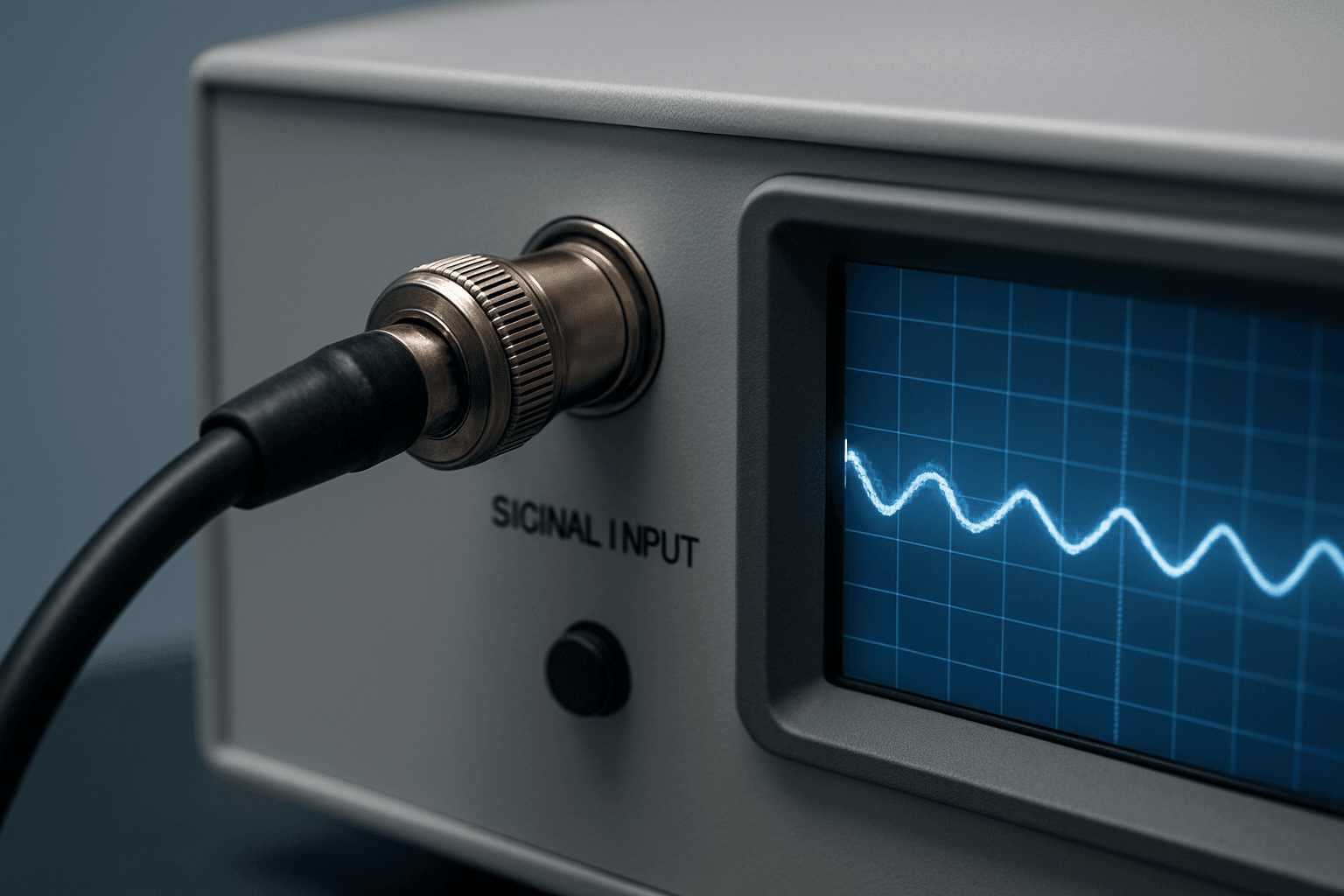
Medical imaging systems and monitoring equipment live or die by accuracy. If signals drop, distort, or get scrambled mid-transmission, the results can be unreliable — or worse, misleading. That’s where a coaxial cable for medical devices stands out. Thanks to its layered structure, it minimises interference and keeps signals clean from start to finish. For clinicians relying on real-time data, that can be the difference between a confident decision and a delayed one. In a way, signal integrity in medical cables isn’t just technical — it’s foundational to quality care.
2. Reliable Data Transmission
In surgical theatres or diagnostic labs, interruptions just aren’t an option. That’s why coaxial cable for medical devices tends to be the preferred choice — it’s built to deliver uninterrupted data flow. Its shielding and consistent impedance reduce data packet loss, so the output stays stable. You’re not just transmitting information — you’re preserving it, uncorrupted, from one end to the other. This kind of reliability isn’t a nice-to-have in healthcare — it’s expected. And with coaxial, that expectation is more or less standard.
3. Enhanced EMI Protection
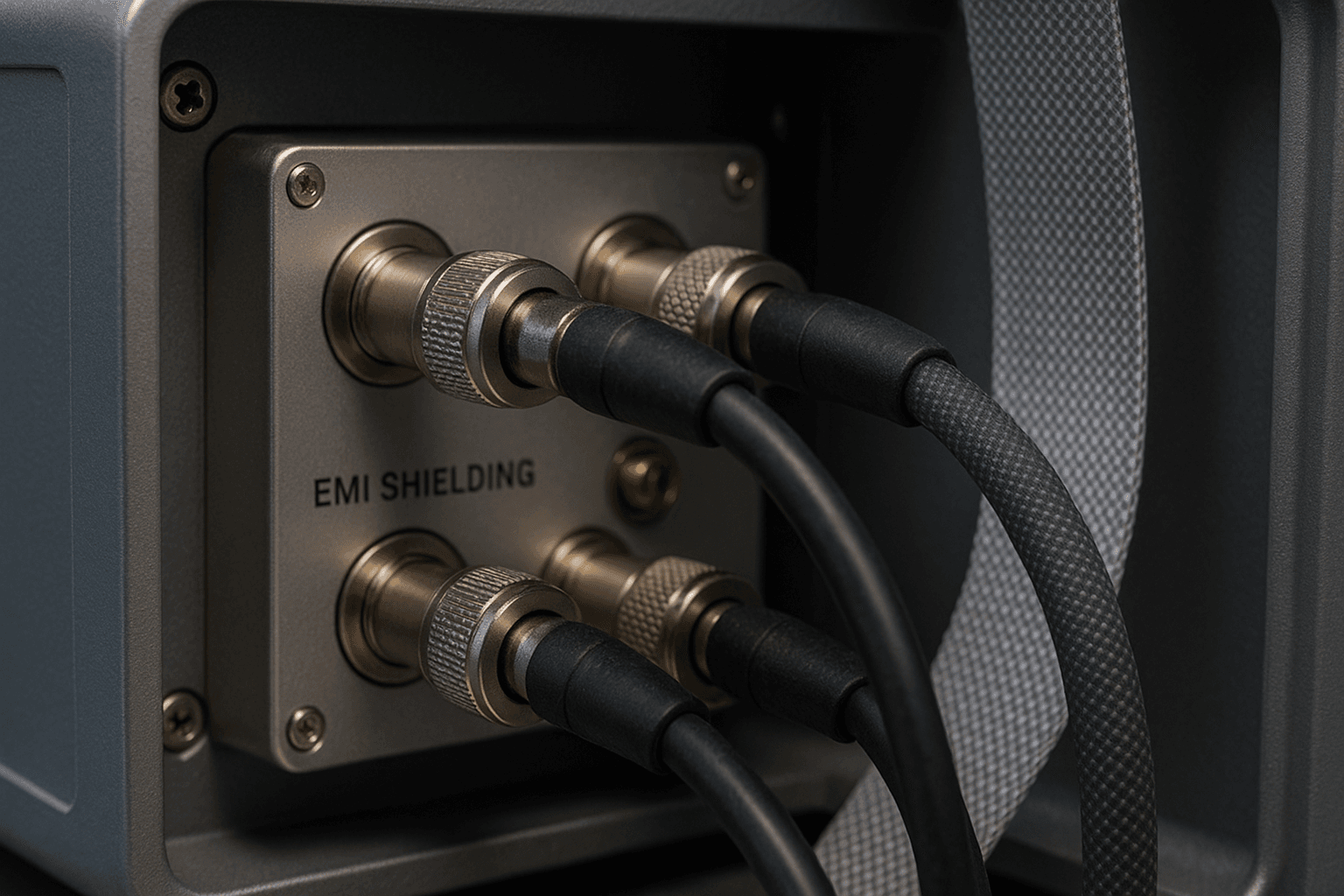
Hospitals are full of electronic devices working side by side — and sometimes, against each other. Stray electromagnetic signals can cause interference, skewing results, or even disrupting functionality. That’s where EMI protection in medical equipment becomes more than a feature — it’s a safeguard. Coaxial cabling, by design, shields signals against external noise, keeping data streams clean and consistent. For environments packed with diagnostics, monitors, and life-saving machinery, that level of protection isn’t just helpful — it’s non-negotiable.
4. Durability and Longevity
Medical devices don’t get an easy ride. They’re plugged in, pulled out, sterilised, and reused — often every single day. That’s why durable medical cabling isn’t just preferable, it’s necessary. Coaxial cables hold up well under repeated handling and sterilisation processes, retaining their shape and function over time. This kind of staying power cuts down on failures, replacements, and all the hidden costs that come with downtime. So, instead of constantly swapping out frayed wires, you’re investing once and relying on it for the long haul.
5. Flexible and Easy to Install
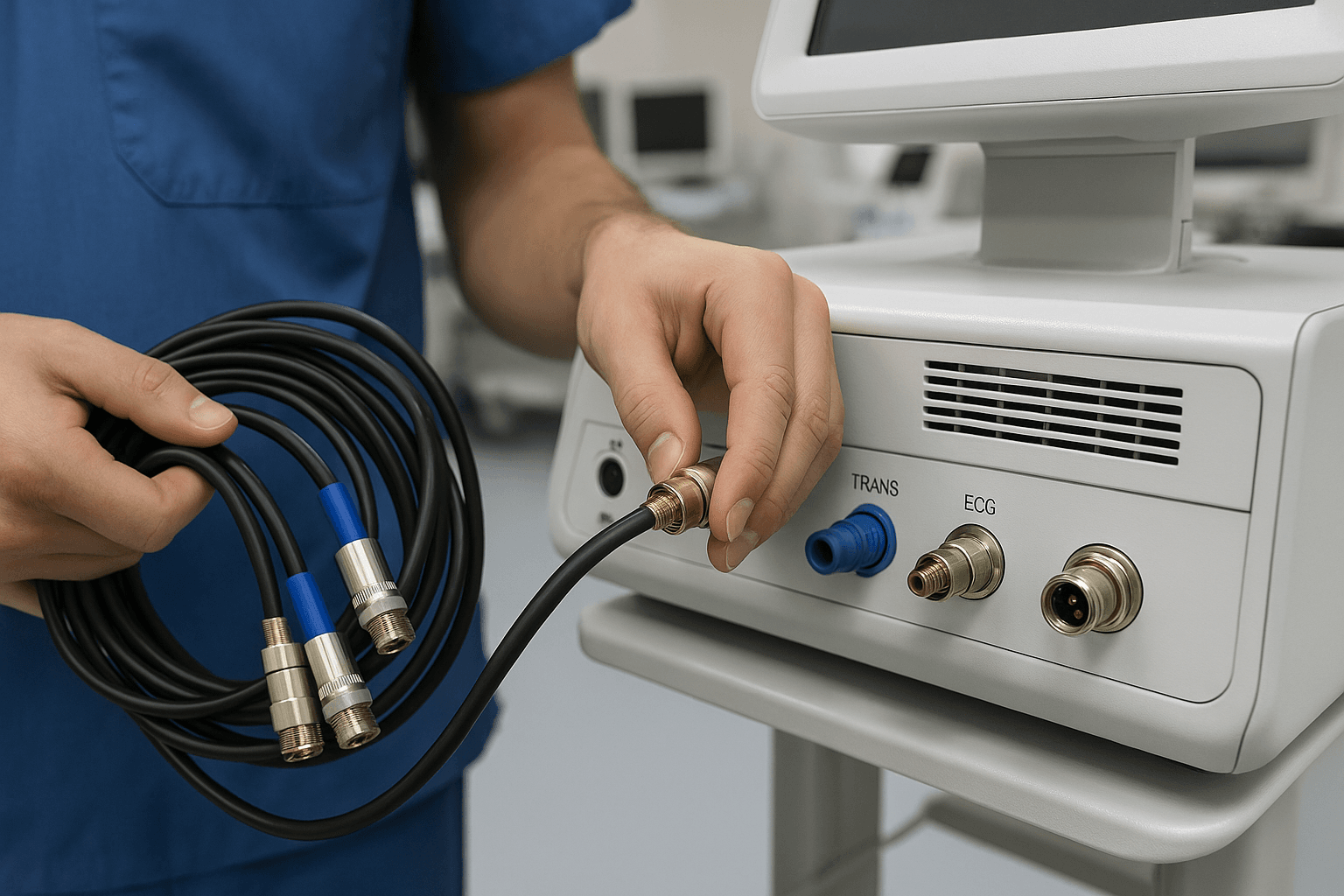
When engineers and technicians are working with compact medical systems, space matters — and so does simplicity. Coaxial cables are typically lightweight and bendable, which makes routing them through tight or complex assemblies much easier. Their flexibility allows them to slot into intricate configurations without adding stress to connectors or components. In fast-paced environments, being able to install or replace cables quickly saves both time and disruption. That’s part of what makes them such a practical choice for compact medical cable solutions.
6. Low Signal Loss
In medical diagnostics, distance shouldn’t mean compromise. Whether a device is metres away or across a ward, signal clarity has to stay sharp. A low-loss coaxial cable helps make that possible. Its structure naturally preserves the signal’s strength, even over extended runs. That means minimal degradation, less need for amplification, and a clearer output — all without the signal trailing off halfway through. For high-stakes environments, that kind of consistency can be quietly invaluable.
7. Wide Frequency Range for Medical Applications
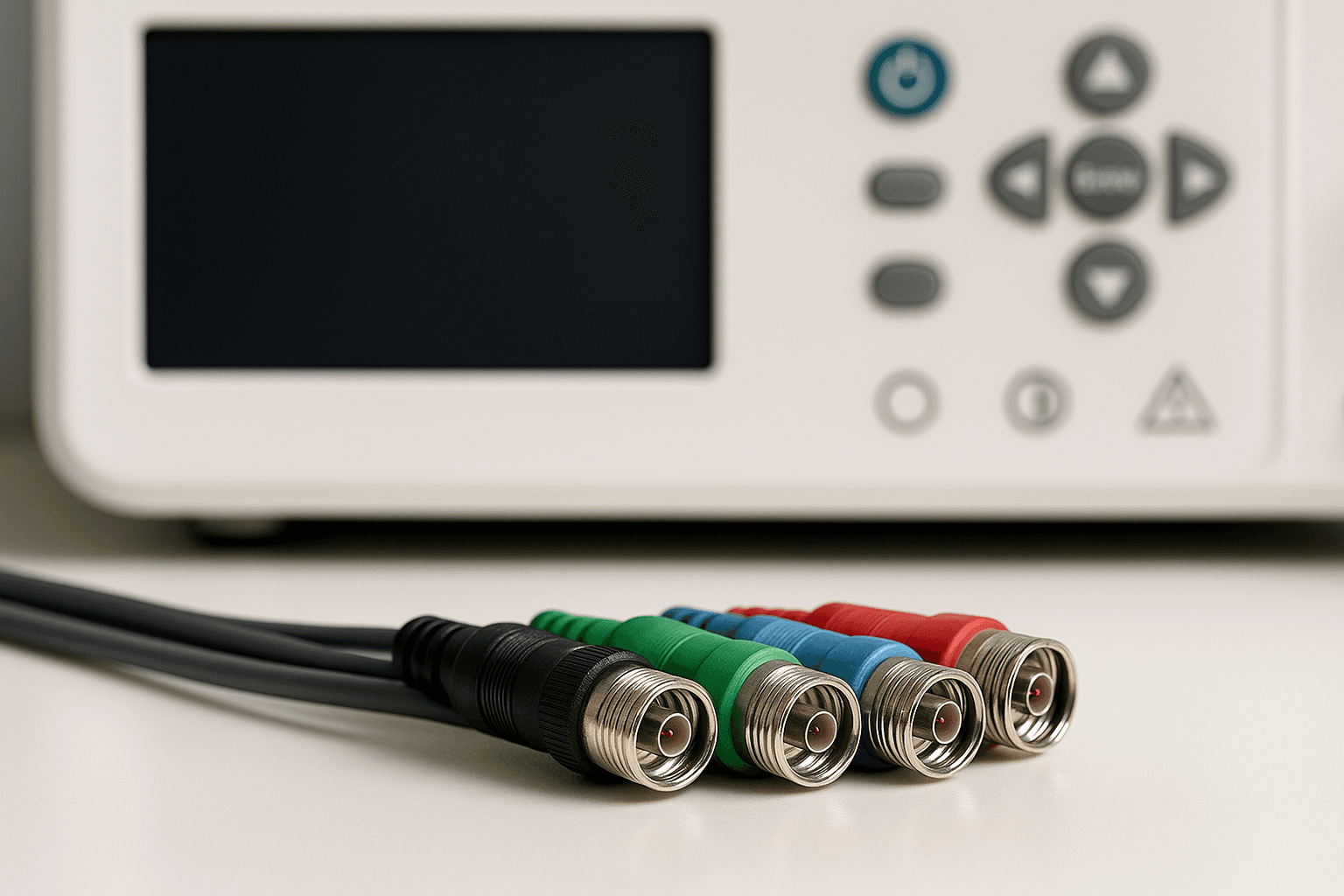
Modern medical devices aren’t limited to a single function — they often perform diagnostics, imaging, and even therapy using varied signal types. That’s why the wide frequency handling of coaxial cables really matters. They can support everything from low-frequency monitoring to high-frequency ultrasound or RF treatments, without switching cables or compromising signal quality. This versatility helps device manufacturers streamline designs and reduce clutter. So, whether it’s transmitting signals for real-time imaging or supporting therapeutic systems, coaxial keeps up effortlessly.
8. Cost-Effectiveness for Medical Device Manufacturers
Reliable doesn’t have to mean expensive. Coaxial cables might seem like a small part of a larger device, but over time, they often save more than they cost. Their durability reduces replacement rates, while their performance cuts down on diagnostic errors or device malfunctions. That adds up to fewer service calls and more uptime. For manufacturers trying to balance performance with budget, coaxial cables offer a sensible path to high ROI. You’re not just buying a component — you’re reducing risk and maintenance across the board.
9. Small Form Factor and Space Efficiency
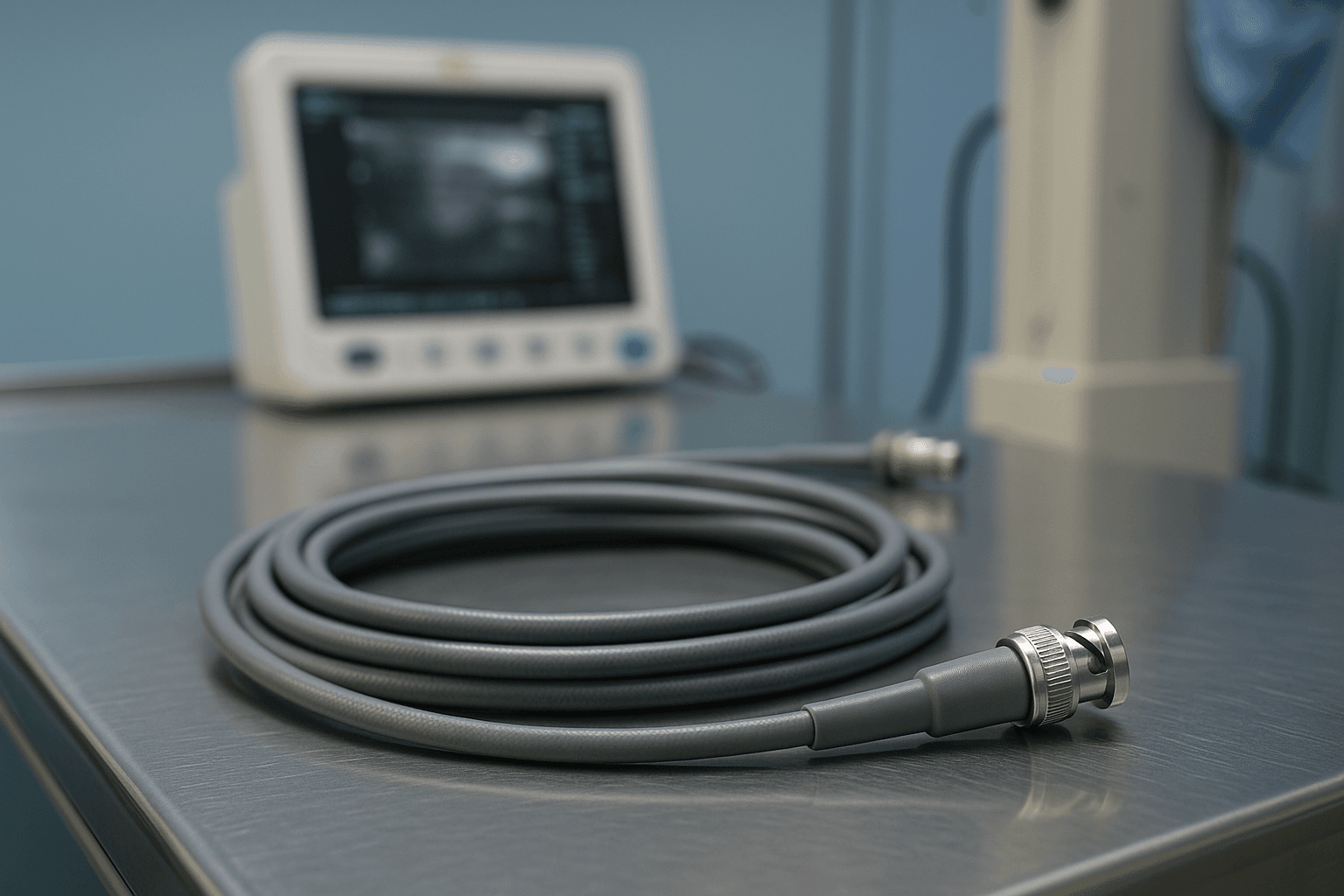
Compact medical devices are no longer the exception — they’re becoming the expectation. That shift puts pressure on every component to fit smaller, work harder, and still meet safety standards. Coaxial cables come into their own here. Their slim profile makes them ideal for use in portable scanners, minimally invasive surgical tools, or wearable monitors. With compact medical cable solutions, it’s easier to design technology that’s unobtrusive, mobile, and user-friendly — without sacrificing performance.
10. Compliance with Medical Standards
No matter how well a cable performs, it still has to meet strict, regulated standards to be approved for medical use. That’s where coaxial cables often stand out — many are developed in line with compliant medical cable standards, including specifications set by bodies like IEC and ISO. This goes beyond paperwork. It means the cable is tested for things like biocompatibility, electrical insulation, and fire resistance — all of which directly affect patient safety and operational approval.
If you’re reviewing suppliers and need confidence in compliance, you can always contact us for guidance on tested, high-grade coaxial options that align with your regulatory obligations.


